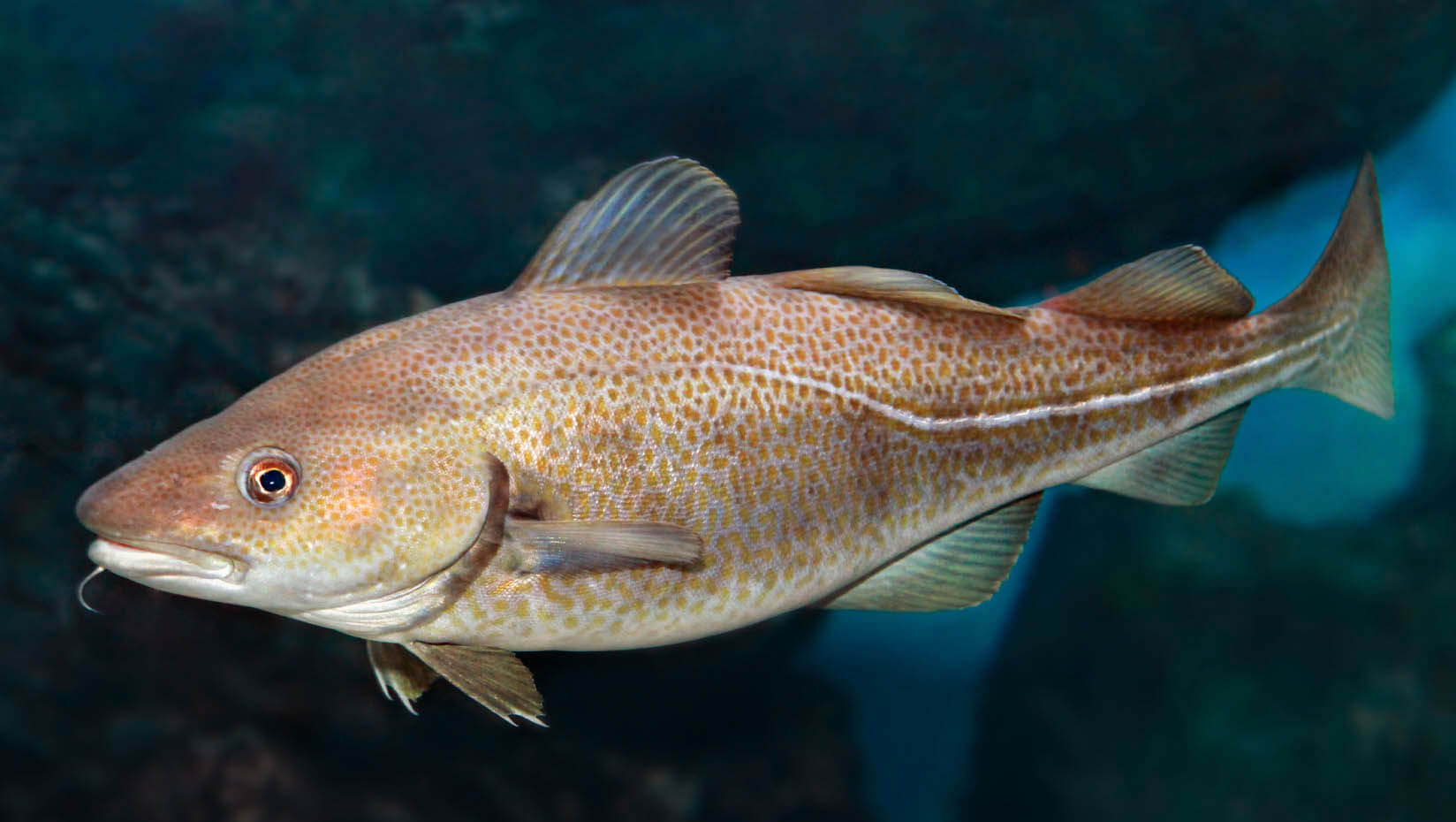
Fish are shrinking, according to new study co-authored by McGill
University of Maine ecology professor Brian McGill helped discover that the average body sizes of fish are shrinking as part of an international project with 16 other researchers.
The team, led by University of York macroecologist Inês Martins, analyzed the body size trends of numerous plants and animals worldwide from 1960–2020 using data from the BioTIME database. While size trends varied across organisms, the group saw a prevalent pattern of reduction among marine fish species.
They also discovered that among certain ecosystems, the number of individuals for a larger fish species are declining and are being replaced by those from a smaller species. At the same time, the total combined biomass of all fish in these places has remained fairly constant as a result of their being more small fish.
In the Gulf of Maine, for example, larger fish like the thorny skate and cod have been shrinking over recent decades, with the average individual becoming smaller. Their species also are experiencing a decline in the number of individuals, and the smaller species of mackerel is increasing in numbers. The net effect is a decrease in the average body size of a randomly chosen fish in the Gulf of Maine.
The study is the first to show that this pattern is occurring widely in fish around the world. The study also identifies body size as a key factor for why some fish species are replacing others in various ecosystems, which will help scientists predict how the latter will respond. That’s why the large thorny skate being replaced by mackerel in the Gulf of Maine might face a similar fate as large cod.
The finding that across many systems the total biomass remains roughly constant, even as the sizes and numbers of particular species change also is new.
Beyond fish, the overall pattern is less consistent. There are some species increasing in size and number and replacing smaller ones, like bushes and trees in the Arctic replacing grasses and herbs with the opposite happening in some parts of the U.S. desert Southwest. In all cases, however, the researchers found that a significant part of the change is actually driven by species of one size replacing species of another size, and that there is an overall pattern of compensation such that the total amount of biomass remains fairly constant.
The team published their findings in the journal Science. Determining the causes behind these trends will require additional research.
“As a scientist it is really fascinating to learn how some aspects of nature are changing drastically while other aspects of nature show considerable stability,” McGill says. “But economically speaking, this has large practical implications in a fisheries-based state like Maine. Big fish are preferred fishing targets, but big fish species are both becoming smaller and being replaced by smaller species. We now know this is happening not only in the Gulf of Maine but around the world.”
Read the full story on the University of York website.
